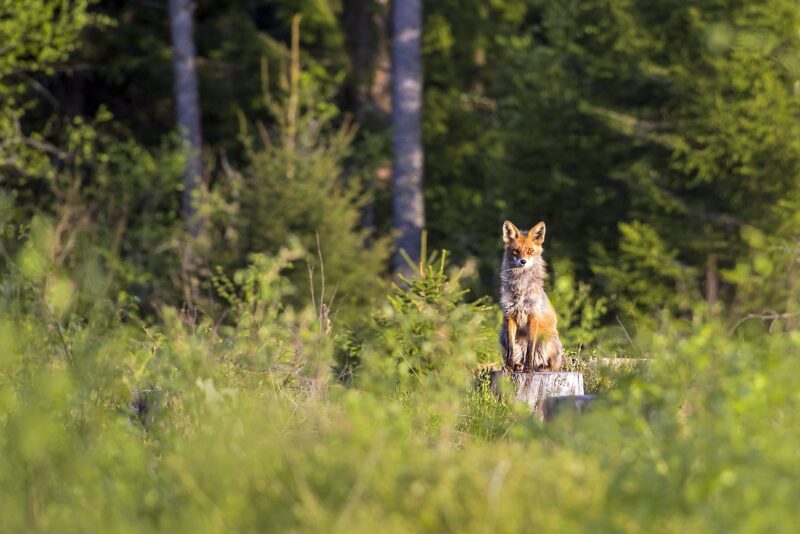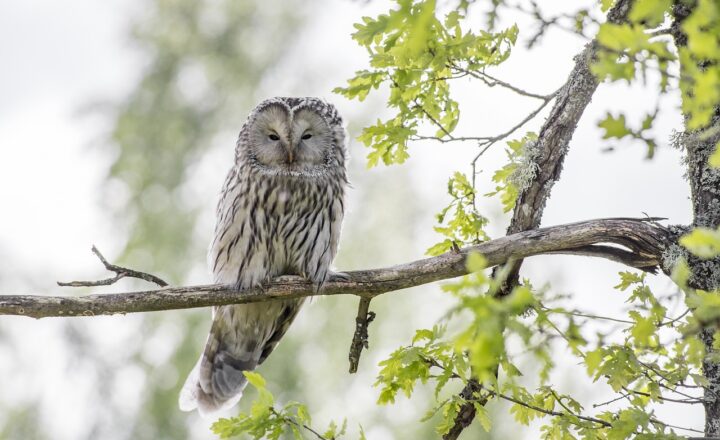How Weather Patterns Affect Animal Behavior in the Wild and in Zoos
November 12, 2024

Weather patterns play a significant role in shaping the behavior and habits of animals, both in the wild and in captivity. Understanding these effects can provide valuable insights into animal welfare, conservation efforts, and the study of wildlife ecology. In this article, we will explore how various weather conditions—from temperature fluctuations to precipitation—affect animal behavior and interactions, ultimately influencing their survival and adaptation.
1. The Connection Between Weather and Animal Behavior
The connection between weather and animal behavior is rooted in the basic needs of survival—food, water, shelter, and mating. Animals have evolved to respond to weather changes in real-time, as these fluctuations can directly impact their feeding patterns, reproductive cycles, and social interactions. Factors such as temperature, humidity, and seasonal changes are significant determinants of animal behavior.
Some notable impacts include:
- Hibernation and Migration: Many species migrate or enter a state of hibernation based on climatic conditions. For example, birds migrate south for warmer weather as temperatures drop in the northern hemisphere.
- Feeding and Foraging Behavior: Weather conditions like rain can enhance the availability of food. For instance, herbivores may be more active in the aftermath of a rainstorm when vegetation is refreshed and green.
- Reproductive Behavior: Temperature and rainfall can impact mating rituals, cycles, and breeding success. For example, amphibians often breed after rainfall, as moist conditions are ideal for egg-laying.
Understanding these behaviors through the lens of weather patterns highlights the intricate relationship between wildlife and their environment.
2. Seasonal Changes and Their Influence on Animal Behavior
The seasons impose significant influences on animal behavior, including migration, breeding, and resource allocation. Changes in day length, temperature, and precipitation during different seasons create distinct challenges and opportunities for wildlife.
For example:
- Winter Behavior: In colder months, many animals engage in behaviors to conserve energy, such as hibernation or reduced activity levels. Some species, like bears, enter dens, while others cache food in preparation for the harsh weather ahead.
- Spring Awakening: As temperatures rise and days lengthen, many species enter a period of increased activity. Breeding behaviors are amplified, and animals emerge from winter dormancy to replenish their energy stores after months of scarcity.
- Summer Activity: Warmer temperatures typically lead to increased foraging and social interactions among animals. Predators may expand their territories, while prey species might adopt more elaborate anti-predator tactics due to higher visibility in lush environments.
- Autumn Preparations: In preparation for winter, animals engage in behaviors such as gathering and storing food, which is crucial for their survival during leaner months. Migration patterns also begin as some species prepare to leave their breeding grounds for more favorable climates.
The cyclical nature of the seasons instills an awareness and adaptability among animals, ensuring that each species can thrive in response to environmental cues.
3. Weather Impacts on Specific Animal Species
Different animals exhibit unique behavioral adaptations based on their ecological niches and weather sensitivities. For example:
- Birds: Weather can significantly affect migration patterns, feeding, and nesting behaviors. Avian species often alter migratory routes based on weather forecasts, leading to survival during adverse conditions.
- Amphibians: Frogs and salamanders rely heavily on moisture for reproduction. Rainfall triggers mating calls and egg-laying behaviors, allowing populations to thrive in wetland areas.
- Mammals: Animals such as deer may change their foraging locations based on seasonal weather changes. Deer are known to shift foraging behaviors during different precipitation levels, opting for areas with optimal food resources throughout the year.
- Marine Animals: Weather patterns influence ocean currents and temperatures, significantly impacting fish migration and reproductive timing. Warmer ocean temperatures can lead to coral bleaching, affecting the entire marine ecosystem.
Recognizing these adaptations is crucial for conservation and habitat management initiatives aimed at mitigating the effects of changing climates.
4. Weather and Animal Behavior in Zoos
Animal behavior in zoos can be greatly influenced by weather conditions as well. Understanding these effects is vital for improving animal welfare in captivity. Zoo animals mimic wild behaviors, and their well-being can be compromised by weather factors. Some key considerations include:
- Enrichment Activities: Zoos often adjust enrichment activities based on seasonal weather conditions. For example, during hot weather, animals may prefer shaded areas and water features that can stimulate cooling behaviors, while in colder months, heated areas are incorporated to encourage natural behaviors.
- Interaction with Visitors: In warmer or wetter weather, animals may exhibit different levels of activity. With increased visitor traffic during pleasant weather, animals may engage in more active behaviors for the benefit of observers, leading to a rewarding experience for both parties.
- Breeding Programs: Weather also plays a role in managing breeding programs in zoos. Managers monitor temperatures and breed animals according to factors that mimic their natural habitats, aiding in successful reproduction efforts.
By actively monitoring these variables and making necessary adjustments, zoos can enhance the health and happiness of their animal residents.
5. Conservation Implications and Future Considerations
As climate change continues to alter weather patterns globally, its potential effects on animal behavior pose significant challenges for conservationists. The shifting habitats, migration routes, and reproductive cycles could risk species survival, necessitating proactive measures and ongoing research.
Here are a few critical considerations for the future:
- Monitoring Systems: Implementing advanced monitoring systems that track wildlife responses to climate changes can provide crucial data for conservation strategies. Understanding how animals adapt can help in the preservation of biodiversity.
- Habitat Management: Creating adaptive management strategies that consider changing weather patterns will be necessary for maintaining habitats that support diverse wildlife populations. This approach is vital for ensuring species can thrive despite adverse conditions.
- Conservation Education: Educating the public about these relationships between weather and animal behavior can advocate for responsible environmental practices and conservation efforts.
The relationship between weather patterns and animal behavior is dynamic and complex, deeply affecting ecosystems. As we strive to understand and adapt to these changes, it is essential to remain vigilant in wildlife conservation efforts and ensure the survival of diverse species across the globe.
Conclusion
The interplay between weather patterns and animal behavior is a fascinating area of study that provides insights into biology, ecology, and conservation. By understanding the influences of weather on wild and captive animals, we can enhance our conservation efforts and ensure a sustainable future for all living creatures. As we face the challenges posed by climate change, our ongoing research should inform and shape our strategies for preserving wildlife in their natural habitats and in human care alike.







